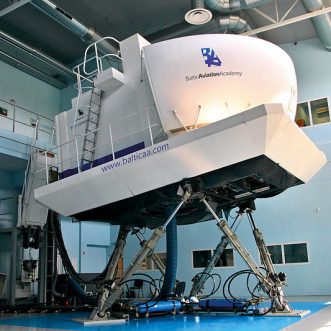
Look behind
Queues are annoying, and rarely the fault of the individual dealing with the front of them.
Tutting because the person is serving someone else at the other end of the store may make you feel better, but it’s unfair.
Look behind your immediate experience to see what’s really going on – a single person is being expected to look after what is effectively 2 stores – the shop counter and the post office counter (3 if you count the coffee kiosk). Despite Schrödinger’s dicoveries, at the macro level of human bodies, they can’t be in two places at once.
Tutting again because they’re not happy about the situation is even more unfair.
If you don’t like the customer experience you’re getting, complain to the people who designed the system. And if it doesn’t improve things, vote with your feet.
The people behind these systems rely on us taking things out on the person in front of us. Because that way we keep everything running just fine – for them.
Consumption is a vital part of the system we all live under. Like everything else we do, we can do it mindfully, intentionally, and with the aim of making things better.








